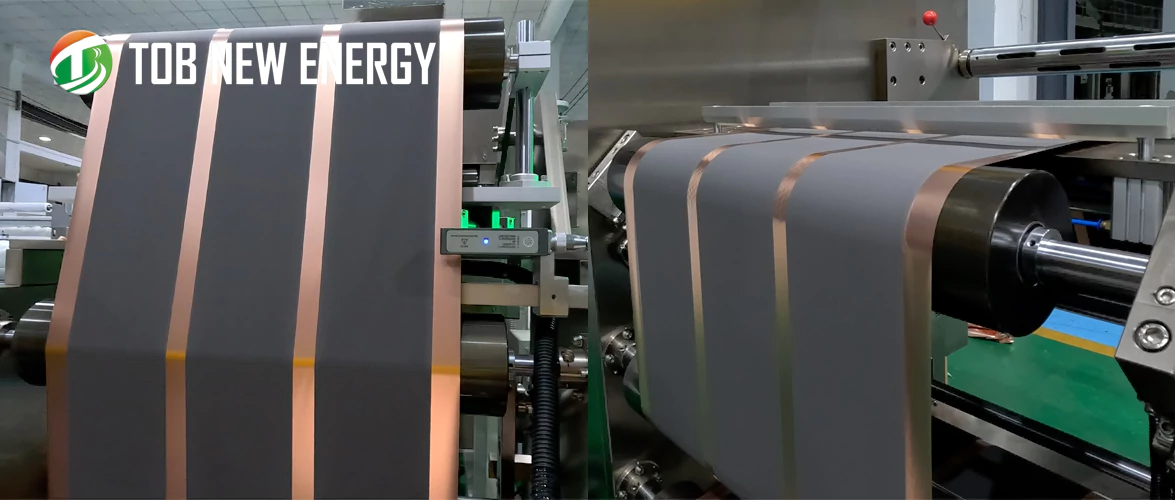Lithium-ion batteries are widely used in various fields due to their high energy density, long cycle life and environmental friendliness. The anode electrode slurry is one of the key components of lithium-ion batteries, which affects the performance and safety of the batteries. Therefore, it is important to understand the preparation process and precautions of the anode electrode slurry.
The preparation process of the anode electrode slurry can be divided into four steps: raw material preparation, mixing, coating and drying.
The raw materials for the anode electrode slurry mainly include active materials, conductive agents, binders and solvents. The active materials are the main source of lithium ions and electrons in the battery, such as graphite, silicon, tin and their alloys or composites. The conductive agents are used to improve the electrical conductivity of the slurry and the electrode, such as carbon black, graphene and carbon nanotubes. The binders are used to bond the active materials and conductive agents together and adhere them to the current collector, such as polyvinylidene fluoride (PVDF), styrene-butadiene rubber (SBR) and carboxymethyl cellulose (CMC). The solvents are used to dissolve the binders and adjust the viscosity of the slurry, such as N-methyl-2-pyrrolidone (NMP), water and ethanol.
2. Mixing
The mixing step is to uniformly disperse the active materials, conductive agents and binders in the solvent to form a homogeneous slurry. The mixing method can be mechanical stirring, ultrasonic dispersion or ball milling. The mixing time, speed and temperature should be controlled according to the properties of the raw materials and the desired quality of the slurry. The mixing step is critical for achieving good dispersion, adhesion and coating uniformity of the slurry.

3. Coating
The coating step is to apply the slurry onto a metal foil (usually copper) as the current collector by using a coating machine. The coating method can be doctor blade, slot die or spray coating. The coating thickness, speed and pressure should be adjusted according to the characteristics of the slurry and the requirements of the electrode. The coating step is essential for determining the mass loading, porosity and morphology of the electrode.
4. Drying
The drying step is to remove the solvent from the coated slurry by using a drying oven or a hot air blower. The drying temperature, time and atmosphere should be optimized according to the type of solvent and binder used in the slurry. The drying step is important for eliminating residual solvent, enhancing binder adhesion and improving electrode stability.
The precautions of the anode electrode slurry preparation mainly include:
- Choosing suitable raw materials according to the performance requirements of the battery.
- Controlling the ratio of active materials, conductive agents and binders according to the desired rheology and electrochemical properties of the slurry.
- Avoiding contamination or oxidation of the raw materials and slurry during storage and handling.
- Filtering or degassing the slurry before coating to remove air bubbles or impurities.
- Calibrating the coating machine regularly to ensure accurate and consistent coating thickness.
- Storing or curing the coated electrodes properly to prevent cracking or peeling off.
The anode electrode slurry preparation is a complex and delicate process that requires careful design and operation. By following these steps and precautions, one can obtain high-quality anode electrode slurry for lithium-ion batteries.